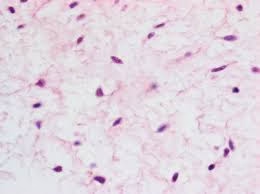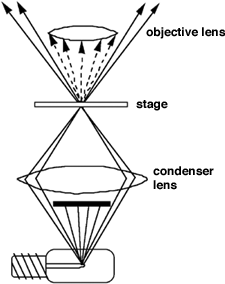
Introduction Connective and other mesenchymal tissues with their stains is one of the four fundamental tissue types in the body, alongside epithelial, muscular, and nervous tissues. It is primarily responsible Read More …
Simplifying Allied Health Learning.

Introduction Connective and other mesenchymal tissues with their stains is one of the four fundamental tissue types in the body, alongside epithelial, muscular, and nervous tissues. It is primarily responsible Read More …

Working Principle Electron microscopes use electron beams instead of light to magnify objects. Electrons have a much shorter wavelength than visible light, allowing for much higher magnification (up to 1 Read More …

Working Principle The light microscope functions on the principle of magnification through visible light. When light is focused on the specimen using lenses, the image appears larger and clearer. The Read More …
Introduction A compound microscope is a sophisticated instrument that requires careful handling and maintenance to function effectively. By understanding its optical system and magnification capabilities and implementing thorough maintenance practices, Read More …

Introduction Carbohydrates play essential roles in biological structures and functions. Staining techniques are used to detect different carbohydrate classes, including neutral mucopolysaccharides, acid mucins, and glycogen. Special Stains for Read More …